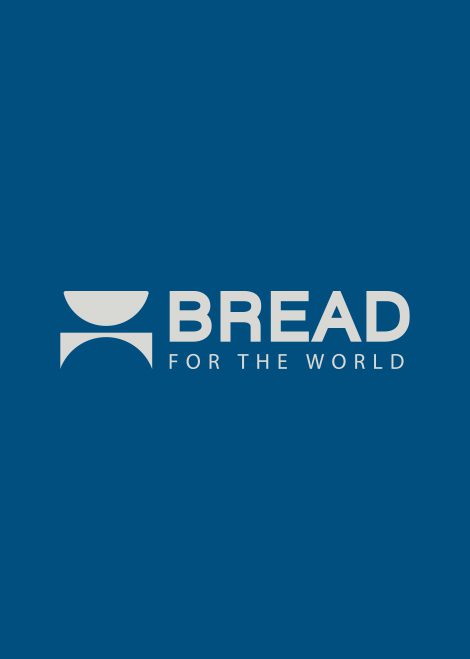With unprecedented levels of goodwill, focus, and commitment to Haiti, there are still enormous hurdles in laying the groundwork for a country-led recovery. Haiti’s 10-year national reconstruction plan includes a multi-donor trust fund and an interim reconstruction authority to oversee rebuilding. These global mechanisms driving Haiti’s recovery must prioritize civil society participation, promote real transparency, and not compromise broader goals for quick short-term results.
The U.S. strategy in Haiti must strengthen Haitian government capacity at each stage of the recovery process, focus on poverty reduction and sustainable economic growth, and make long-term development the primary objective. We need a strong development agency to carry out our objectives in supporting Haiti’s long-term reconstruction; USAID should be fully equipped to lead U.S. government efforts in Haiti. Our work in Haiti should ultimately result in concrete, measurable, and sustainable outcomes on the ground for Haitian people.



